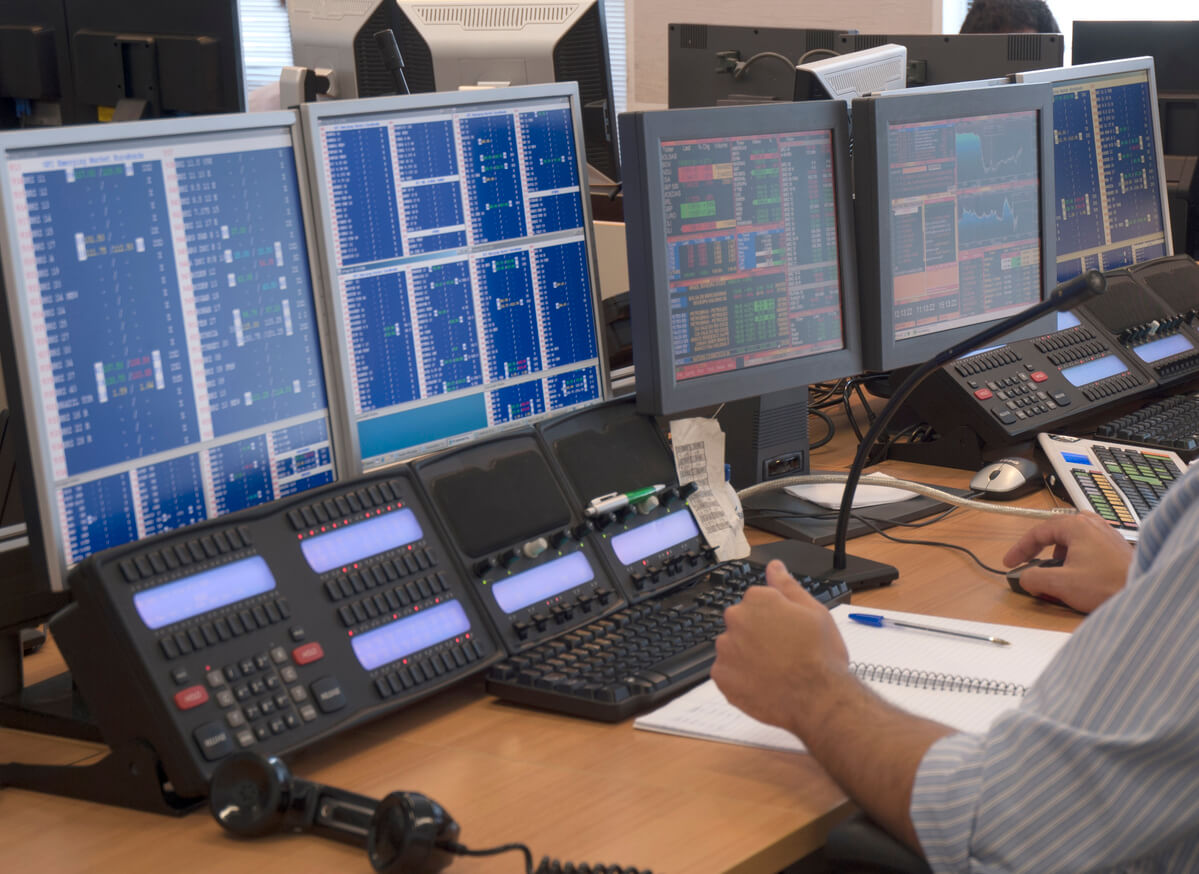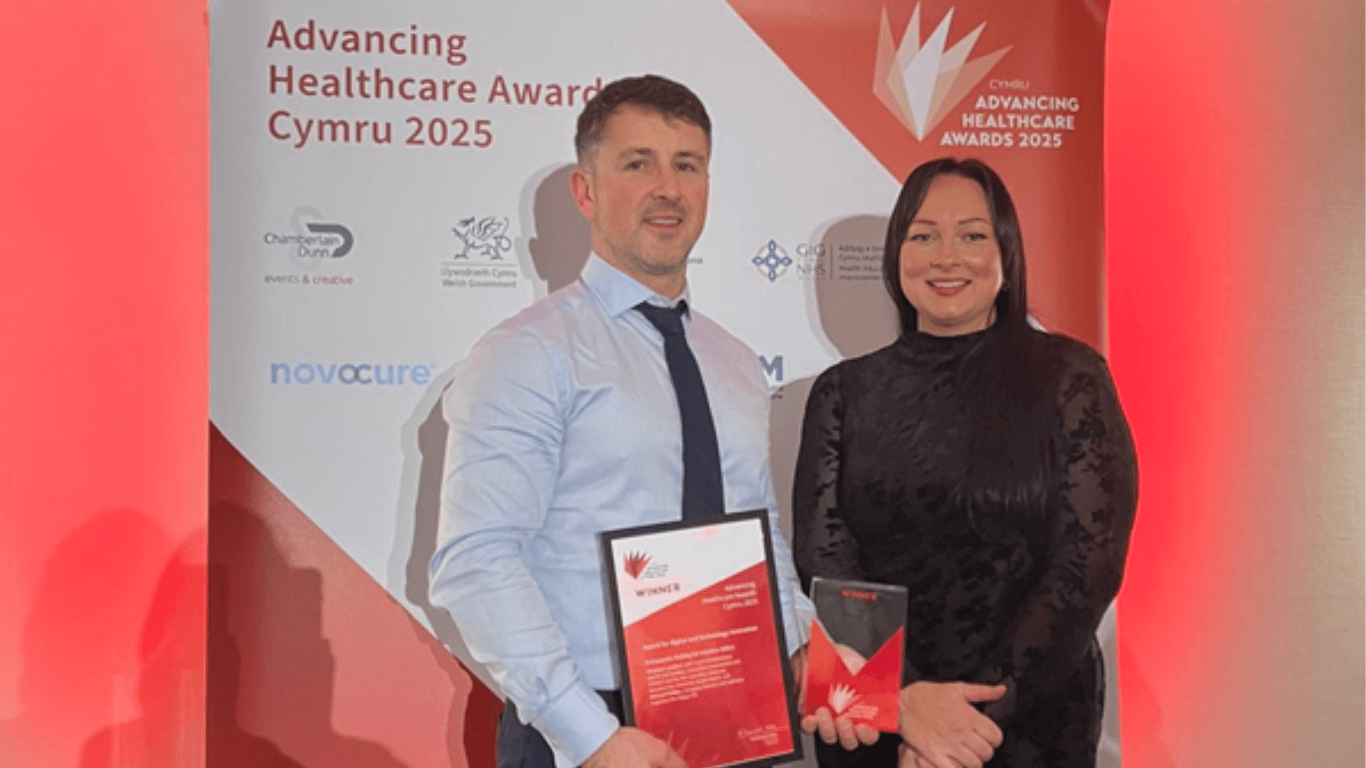
Why control room innovation requires a leap of faith
Technology has the potential to transform police control rooms, yet the pace of change remains stubbornly slow in certain areas. Ian Hillier from NEC Software Solutions explains the factors at play and suggests a reset focused on the art of the possible.
Technology is changing the world at a breathtaking pace, but control room operators are often the last to see the benefits. In many ways, it’s the safety critical nature of their work that’s the issue; when as many as 1,000 staff are sustaining a 24-hour service, even the smallest change must be handled with care. Combine this complexity with rising contact volumes, increased staff turnover and ever-tighter budgets and you can see why some systems have been in place for over a decade.
Old systems embed old ways
This inertia might be understandable, but it creates problems too. Ways of working are a prime example. The processes that develop with core systems tend to hang around, until no one remembers the technical limitations that shaped them. Only a fraction of operators would have seen the system installed, and even fewer would have seen what came before. This leaves the very real danger that locked-in, inefficient processes are preventing a more effective response just as the changing nature of policing demands it.
Unused potential is costly
Given that budgets are so tight, it’s also concerning that operators may use as little as 50% of a system’s overall capability. Although it’s less surprising when you consider that procurement practices predated the technology by some margin.
Pick any police force and you’re likely to find a solid, dependable Command and Control system. You’re equally likely to find parts of it that were painstakingly developed but are never used to their full potential. Back then, well-intentioned attempts to minimise risk equated to specifying the fine detail for hundreds of requirements. The result was a bespoke system with a high price tag and a huge lead time, leaving some elements redundant and making future change even less palatable. It’s left some control rooms getting by, not moving forward.
Reaching the tipping point
So, what are the benefits of change? Are there so many opportunities that the time is right for a rethink? Judging by the volume of ideas our customers submit, and we develop, the answer is yes.
Automated Dispatch Assistant technology can help ease the pressure on operators by speeding up decision-making and assuring policy/procedural compliance but keeping them in control. Cloud deployments are also supporting a more modular approach that keeps the core running smoothly while enabling efficient innovation at the edge. And newer developments like large language models (LLMs) can be truly transformative.
Major leap forward
Take the potential of LLMs in relation to Raneem’s Law. Earlier this year, domestic abuse specialists began to join police control rooms, listening in to live calls and helping call handlers to better support victims. This welcome development could be both amplified and extended by using a large language model to help ‘listen’ across all contact channels, constantly. Combined with abilities to quickly search and summarise multiple datasets the technology has real capacity to support the initiatives.
By reviewing each and every voice call and written message, in real time, it can help to identify not just repeat calls but also patterns of speech or sentiment, alerting call handlers to high risk contact and enabling the right response to tackle, for example, violence against women and girls. Assistive tech helps to mitigate the challenges arising from the sheer volume of interactions that a modern force contact centre has to deal with, which for 999 calls alone can be well above 2000 per day. Transpose these benefits to a multi-agency control room – or a ‘megaforce’ of the size suggested by Sir Mark Rowley recently – and you get a sense of the impact.
Rethinking the control room
Control Rooms have been served by multiple generations of system over the years, from the Sergeant’s hand-written Incident Day Book and early home-grown software applications, to attempts at standardisation with NSPIS, and latterly the systems that can present a comprehensive unified application with Contact Management, Radio, Mapping and CAD in one user interface. So, what does the new generation look like?
Well, there certainly shouldn’t be a need to discard the benefits of earlier systems when taking advantage of new innovations. You shouldn’t have to revert to a fragmented user experience just to adopt new assistive tech and AI. The new generation should introduce new capabilities in a well thought out context, in a platform that is designed for ease of user adoption and usage.
Control Rooms are both the engines of policing response and a key part of the public’s perception too. As expectations rise and complexity increases, ‘getting by’ is no longer enough to match the pressure skilled operators are under handling contacts, assessing risk, identifying vulnerability and trying to make the optimal response. It’s time to work with them to develop fresh ideas and take the leap.
Find out more about our Control Room Solutions.

